In our previous Toolbox post about the best molecular model kits for use with younger students, we’d mentioned seeing various “off-brand” versions of Molymod– and Minit-style model kits available for sale online on sites such as AliExpress. Since then we’ve ordered two such kits. In this post we’ll discuss these kits and how they compare with “The Real Deal.” Are they mediocre quality knock-offs or a boon to small budgets?
Disclaimer: We have no financial ties and receive no financial support or free/discounted supplies from any company mentioned in this post. These kits were purchased out-of-pocket with personal funds. We make no money from any links we include.
Both kits were generous collections with an adequate range of atoms and bonding configurations. Unlike Molymod or Minit where was no option to purchase individual components, but we wouldn’t expect this to be an issue at the level of youth science club. Given that tight budgets are typically more a concern than professional-grade options, that much lower costs makes buying an additional set(s) feasible
The Molymod product line is a ball-and-stick style of model that we personally prefer when working with younger students. The photos below show what came in the “307 piece” off-brand version we purchased for around $20, packaged in four plastic bags. (Like Molymod, it also included “space-filling” bonds, but we recommend using the ball-and-stick bonds with kids.)
A comparison of a leucine molecule built from the kits are shown below, official Molymod on the right and the off-brand on the left. Ease of construction and deconstruction and durability are the same.
On closer inspection, the fit-and-finish of off-brand are a step below Molymod, as can be seen in the photos of the components below. The seams on the atoms are a bit more pronounced, the tolerances on the manufacturing are perhaps not as tight. An apt analogy would be comparing genuine Lego bricks (Molymod) to their Mega Blok (off-brand) kin. But that said, we were admittedly impressed by the quality of the off-brand kit for the price, and the two were cross-compatible with each other.
The other off-brand kit was a framework style we’d not had the chance to work with before, so we cannot directly compare to the official Minit line of models sold by Cochranes of Oxford. This “1105 piece 9mm” set cost us a little less than $25 after tax. It came with a genuinely surprising number of bonding variants of carbon (4), oxygen (2), nitrogen (4), sulfur (3), and chlorine (2). However, the plastic box it came in did not include dividers (though it has tracks for them), so you’ll need to do a lot of pre-sorting.
Having only worked with older frameworks that used thin (fragile!) straws and metal jacks, we quite like this Minit-style. The colored spheres at the center of each jack make it easier to visualize the atom, and gives students more to grip when building. The children do not have to imagine the nuclei, in particular the hydrogen atoms. The “bonds” are thick, somewhat flexible plastic straws and should stand up well to vigorous use and clumsy hands.
Overall, we were quite pleased with this style of model, and think it would be suitable for kids for whom “insert into mouth and/or nose” is not the default course of action. We will update this post once we’ve had the chance to field-test them.
Do you have any experience with off-brand models? Any other model types you think might work well? Let us know in the comments or send us a note!

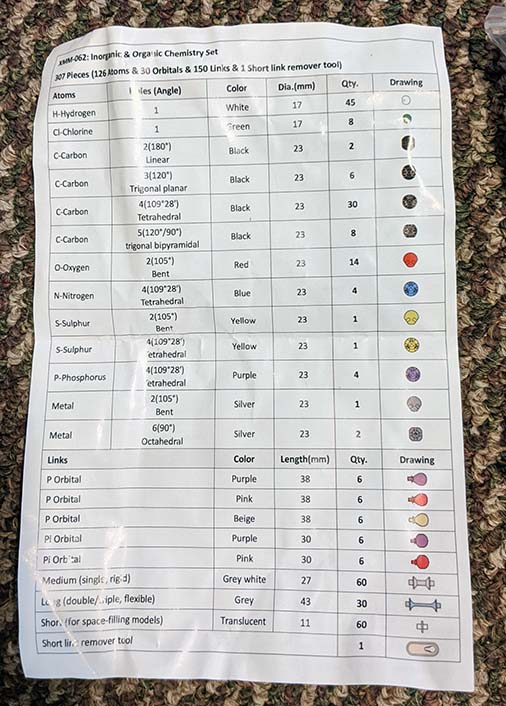


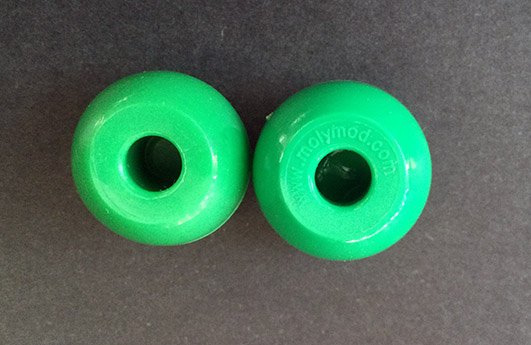
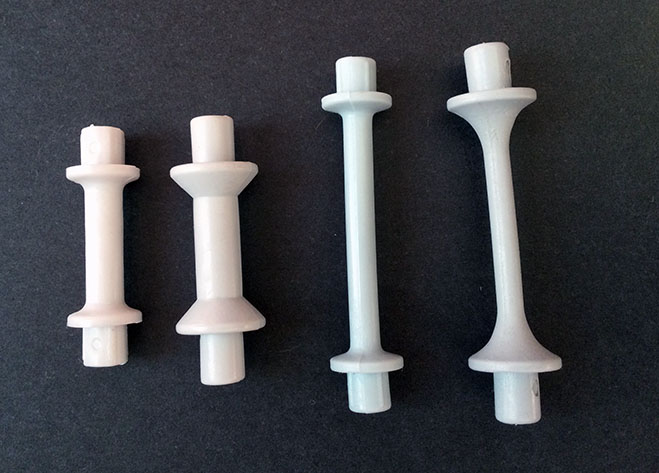

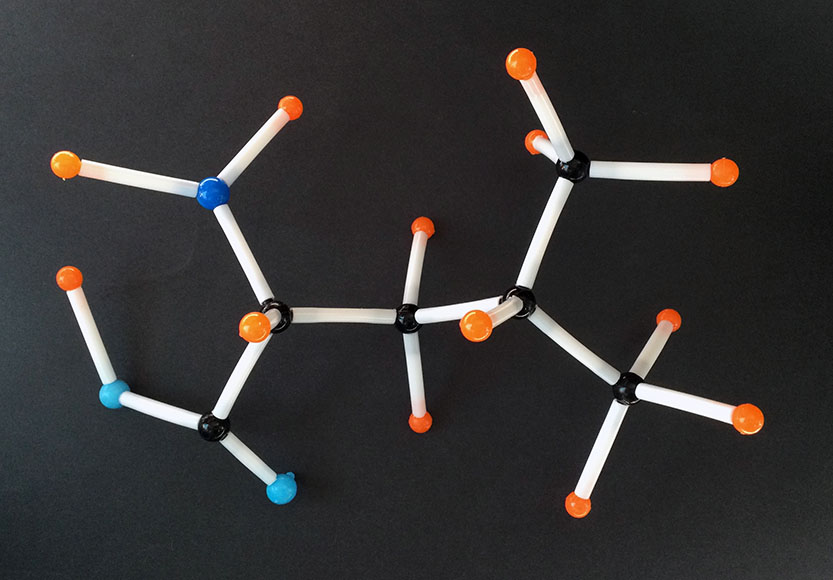
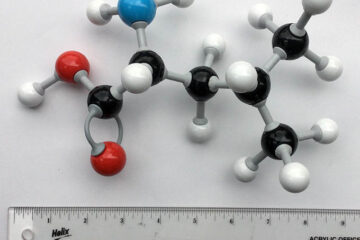
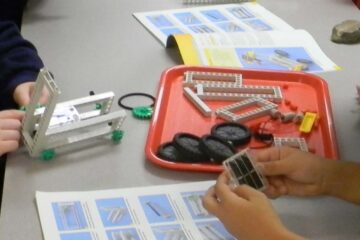
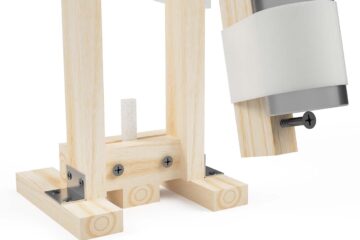
0 Comments